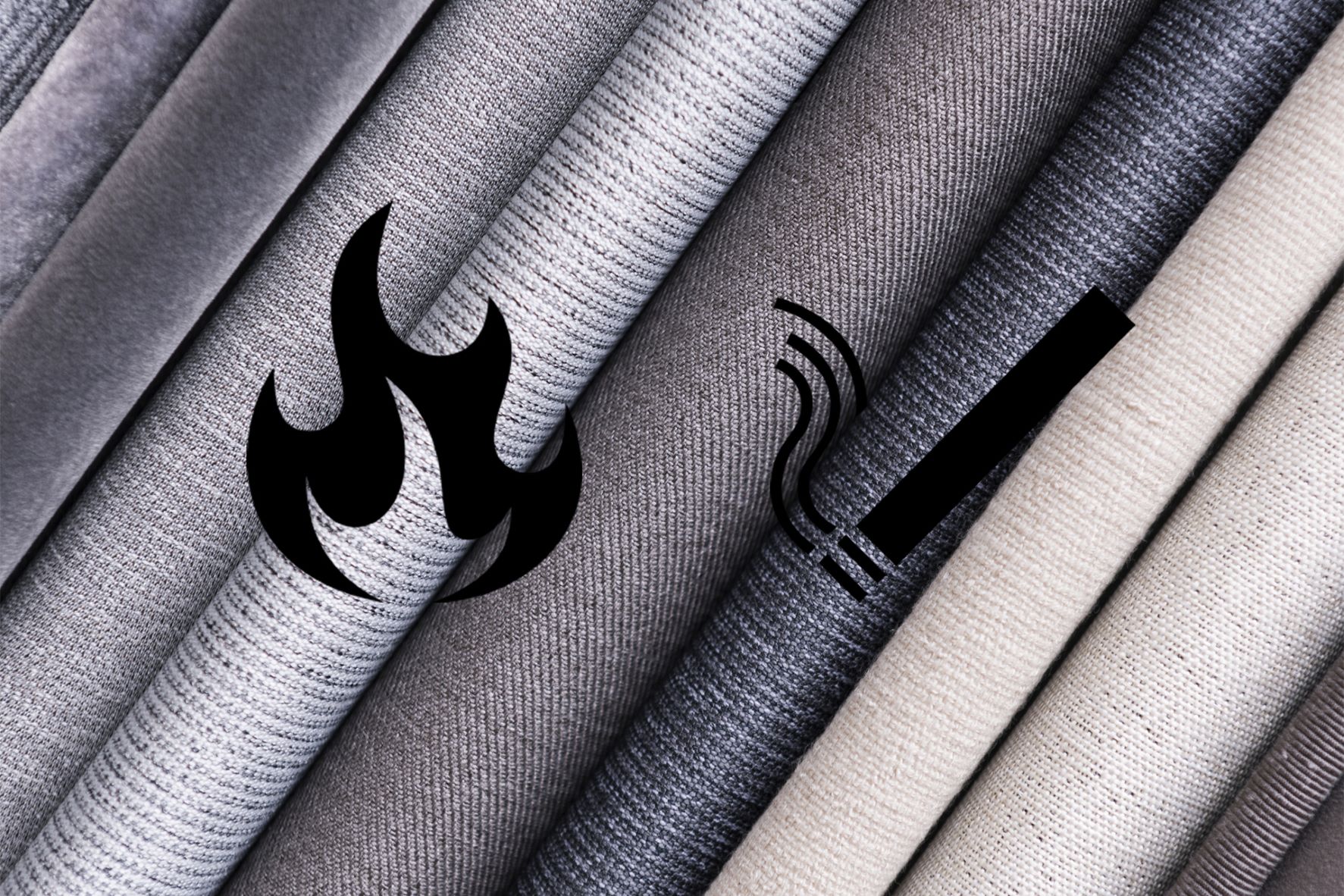One of the most common causes of fires in apartments and hotel rooms is a cigarette butt or other type of accidental flame ignition. Many manufacturers of furniture and components, including upholstery fabrics, also protect them with anti-inflammatory preparations or use flame-retardant materials during production. In the case of furniture dedicated to individual customers, this is not a legal requirement, but for many customers such additional protection is a major asset. In the case of furniture used in public places, the requirements are stricter – here EU law imposes certain standards on us (so these standards also apply in Austria, Belgium, Cyprus, Czech Republic, Denmark, Estonia, Finland, France, Greece, Spain, Ireland, Iceland, Luxembourg, Lithuania, Latvia, Malta, Germany, Norway, Portugal, Romania, Slovakia, Slovenia, Switzerland, Sweden, Hungary, Italy and the United Kingdom)..
Depending on the purpose of the furniture, we can (or must, if we are instructed to do so by law) pay attention to the fabric’s compliance with two standards:
European standard EN 1021-1 “Furniture. Assessment of the ignitability of upholstered furniture Part 1: Ignition source: a smouldering cigarette.”
European standard EN 1021-2 “Furniture. Assessment of the ignitability of upholstered furniture Part 2: Ignition source: match flame equivalent.”
In the first case, look for a mark representing a cigarette on the sample, in the second – a match. Also, remember that many fabric manufacturers that meet these standards have the ability to manufacture them to order. In this case, when choosing a fabric, it is worth asking if it is possible to order it in a version that complies with the flame retardant standards.
In the case of both standards, the non-flammability test applies to the entire piece of furniture and cannot be based solely on the test of one of its components, e.g. fabrics, but must be carried out on the furniture together with all of its components (foam, fabric, structural elements). The use of a fabric assessed positively in terms of flame retardancy increases, of course, the likelihood of a positive test result being achieved on the finished furniture.

